Frequently asked questions
Company News
- Aluminum veneer: the beauty of lightness, a new chapter in architecture
- Fluorocarbon baked paint aluminum veneer: a stylish choice with strong weather resistance
- Painted aluminum veneer: the new favorite of modern architectural aesthetics
- Painted aluminum veneer, responsible for the aesthetic value of the aluminum industry!
- Unveiling Fluorocarbon Baking Paint Aluminum Veneer: The New Favorite of Architectural Aesthetics
Industry dynamics
- Analysis and Prediction of Price Trends in Aluminum Veneer Customization Market
- Is the surface of aluminum veneer easy to scratch?
- Aluminum veneer: a fashion revolution in lightweight building materials
- Construction process and precautions for fluorocarbon sprayed aluminum veneer
- Aluminum veneer: understated luxury in modern architecture
Frequently asked questions
- How many color and texture options are available for aluminum veneer?
- Is aluminum veneer prone to deformation?
- What are the advantages and disadvantages of aluminum veneer compared to plastic exterior walls?
- How to evaluate the impact of aluminum veneer's removability on the appearance of buildings?
- What are the sustainability indicators of aluminum veneer in building exterior design?
contact us
Mobile:+86 15627778610
Email: 2201229786
Address: No. 5 Binjiang Road, High tech Zone, Zhaoqing City, Guangdong Province
What is the thermal conductivity of aluminum veneer?
- Author: Supreme Building Materials (Guangdong) Co., Ltd
- Release time: 2022-02-24 04:37:24
- Click:0
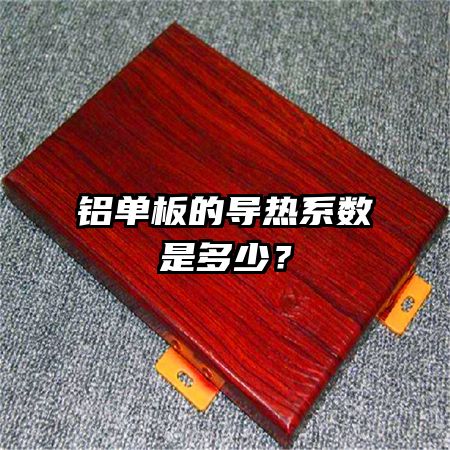
Aluminum veneerWhat is the thermal conductivity of?
Abstract: This article will elaborate on the thermal conductivity of aluminum veneer from four aspects, including material properties, thermal conduction mechanism, experimental testing, and application fields. By exploring these aspects, readers will have a deeper understanding of the thermal conductivity of aluminum veneer.
1、 Material characteristics
1. The composition of aluminum veneer: Aluminum veneer is a thin sheet material made of pure aluminum or aluminum alloy, which has the characteristics of lightweight, corrosion resistance, and good weather resistance.
2. The relationship between thermal conductivity and material properties: Aluminum veneer has good thermal conductivity, which is determined by the high thermal conductivity of aluminum and the special properties of the veneer structure.
3. Other factors that affect thermal conductivity: In addition to the characteristics of the material itself, factors such as thickness and surface treatment of aluminum veneer can also affect thermal conductivity.
2、 Thermal conduction mechanism
1. Ordinary thermal conductivity: Aluminum veneer conducts heat from one area to another through ordinary thermal conductivity, which is caused by the high thermal conductivity of aluminum.
2. Radiation heat transfer: Aluminum veneer can also transfer heat through radiation heat transfer, due to the radiation characteristics of the surface of the aluminum veneer.
3. Convection heat transfer: Under specific conditions, aluminum veneer can also transfer heat through convection heat transfer.
3、 Experimental testing
1. Thermal conductivity experiment: Scientists measure the thermal conductivity of aluminum veneer through experiments to obtain accurate data.
2. Thermal imaging technology: By using infrared thermal imaging technology, the thermal conductivity of aluminum veneer can be visually observed.
3. Other testing methods: In addition to the above methods, there are also other testing methods that can be used to evaluate the thermal conductivity of aluminum veneer.
4、 Application Fields
1. Construction industry: Aluminum veneer, as a decorative material for building exterior walls, is widely used in energy-saving buildings due to its low thermal conductivity.
2. Electronics industry: Aluminum veneer has important applications in the field of electronic heat dissipation, and its high thermal conductivity can effectively dissipate the heat generated by electronic devices.
3. Other fields: Aluminum veneer can also be used in automotive manufacturing, aerospace and other fields, and its thermal conductivity is crucial for the heat dissipation needs in these areas.
5、 Summary
In summary, the thermal conductivity of aluminum veneer is relatively high, which is determined by the high thermal conductivity of aluminum and the special properties of the veneer structure. Through experimental testing and exploration of application fields, we can see that the thermal conductivity of aluminum veneer plays an important role in construction, electronics, and other fields.

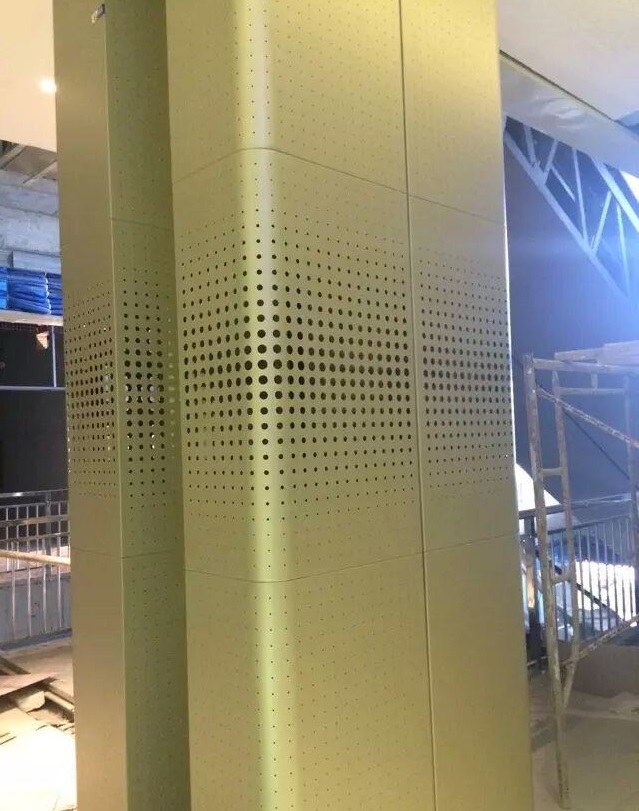

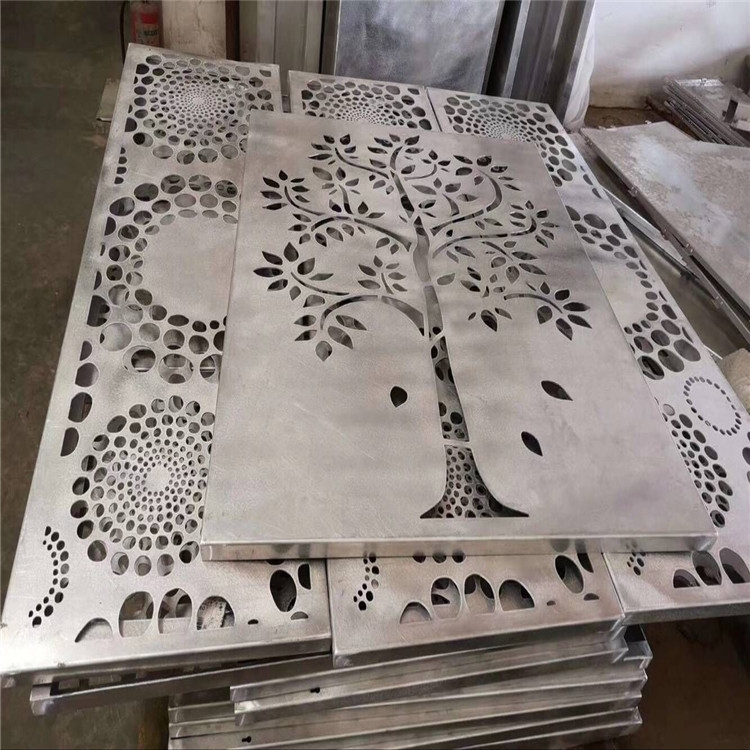

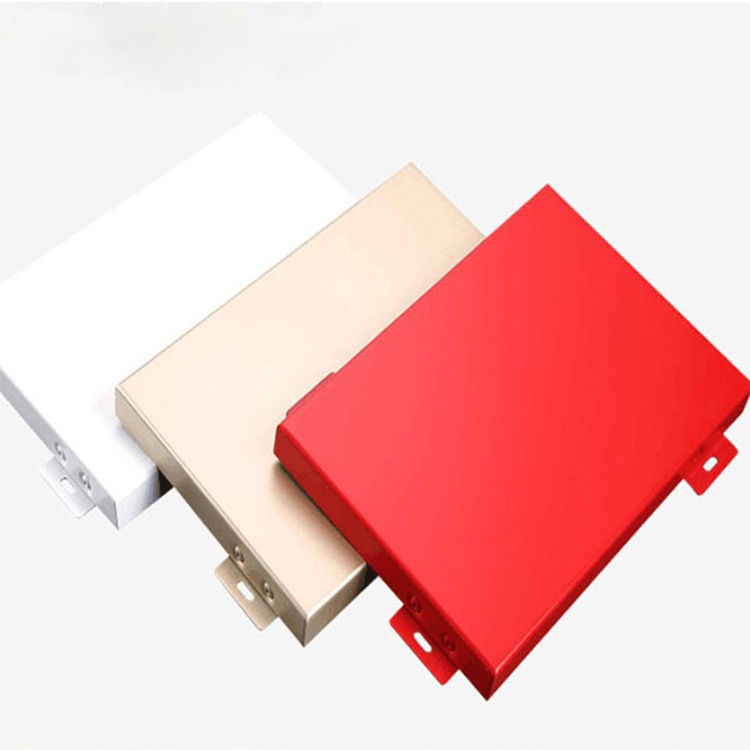
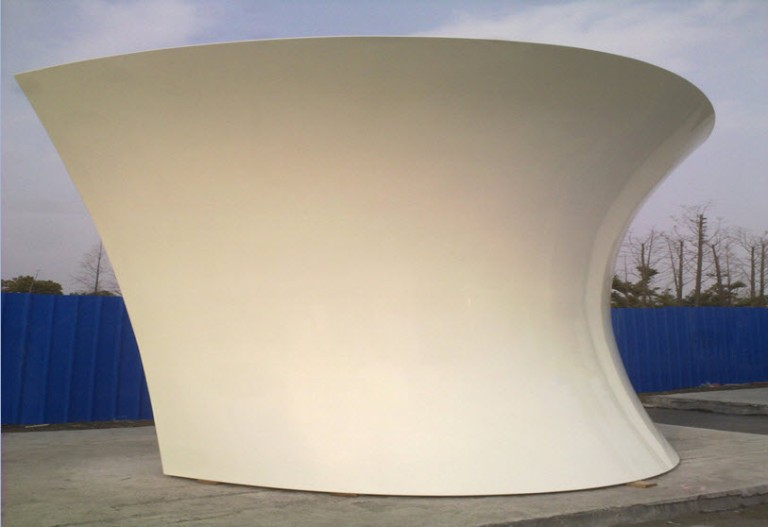
 Customer service QQ
Customer service QQ